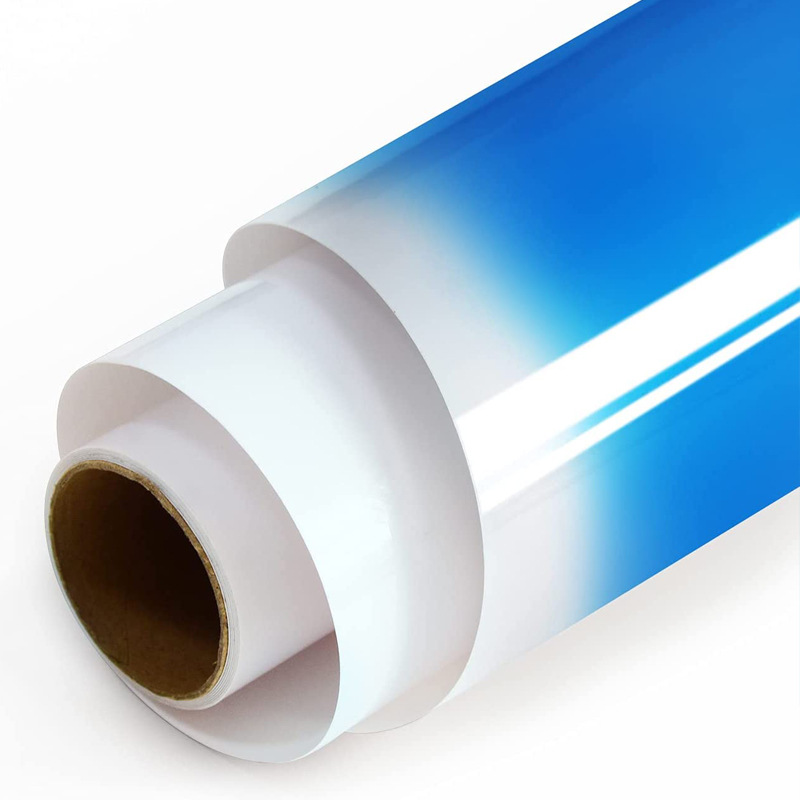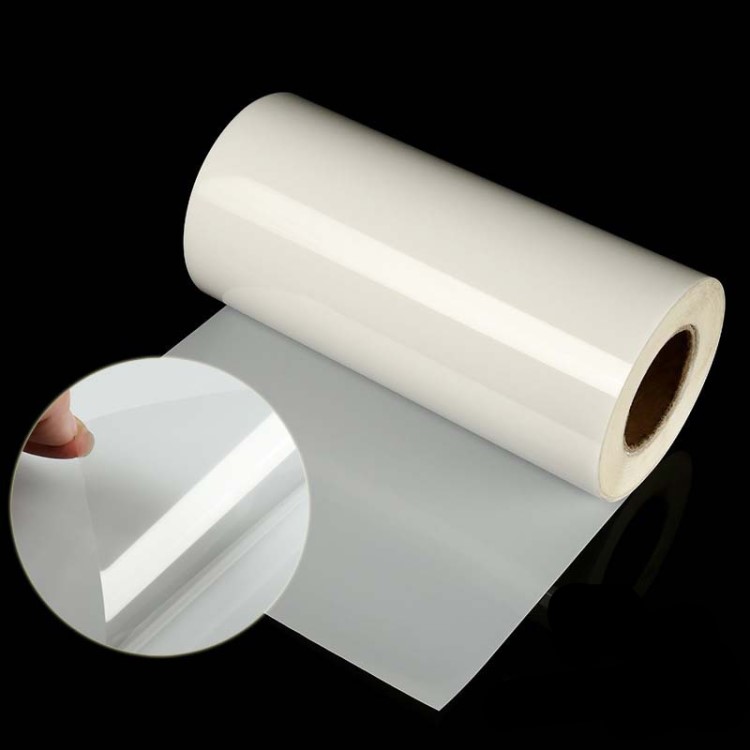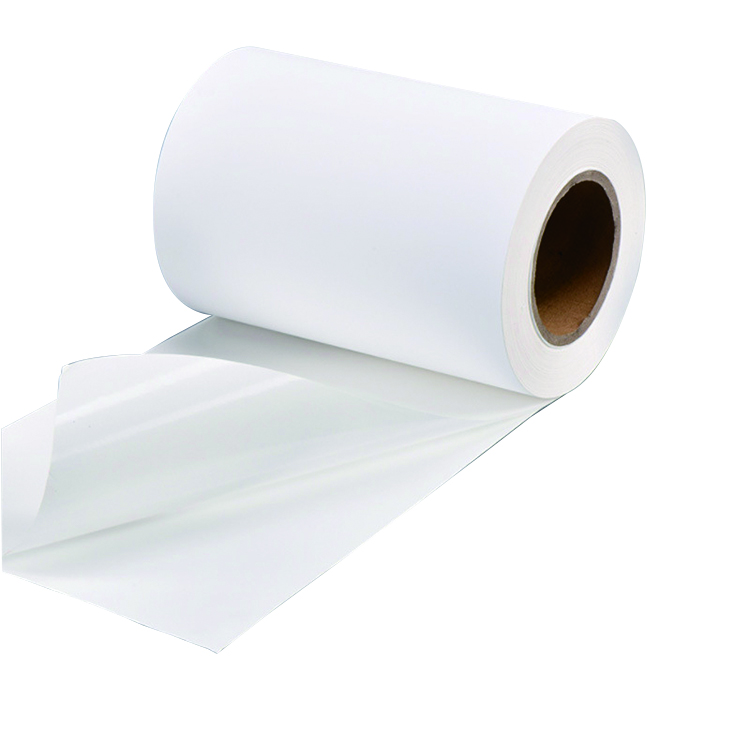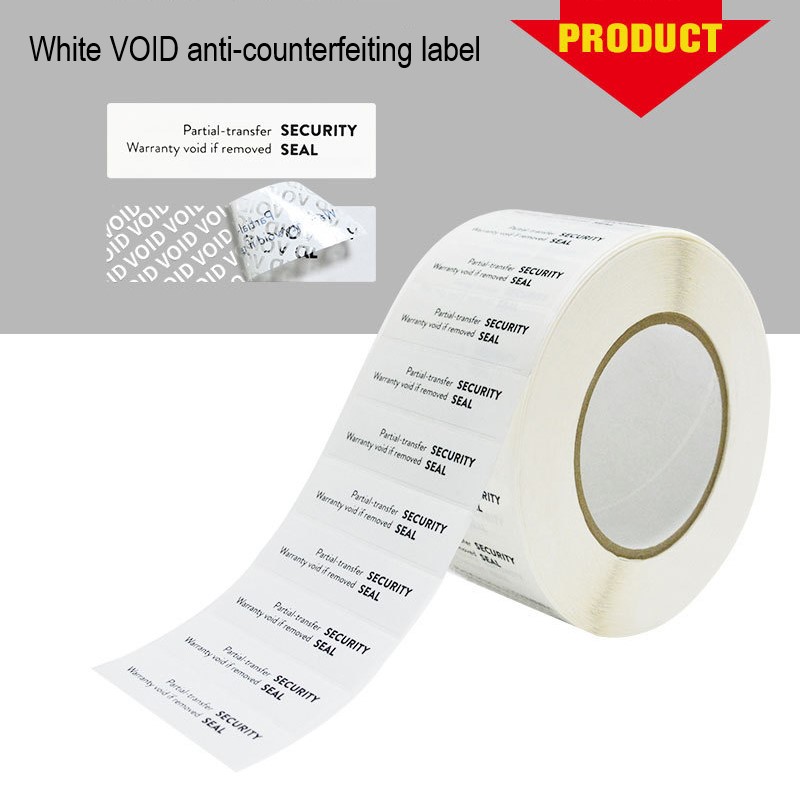
Types of Printing Ink for adhesive labels
In the modern printing industry, the application of self-adhesive labels is becoming increasingly widespread, and different types of printing inks have a significant impact on the quality and effectiveness of self-adhesive labels. This article will provide a detailed introduction to several common types of adhesive label printing inks
Introduction to Ink Types for Adhesive Label Printing
1. Solvent based ink: Solvent based ink is a common printing ink, mainly composed of pigments, resins, and organic solvents. Its advantages are fast drying, strong adaptability to printing materials, and suitability for high-speed printing. However, due to the use of organic solvents, the environmental performance is poor
2. Water based ink: Water based ink is an environmentally friendly ink that uses water as the solvent, pigments, and dispersants as the main components. Its advantages are low toxicity, odorless, non flammable, and meet environmental requirements, making it the preferred choice for adhesive label printing. But its drying time is long and it requires high requirements for printing equipment
3. Ultraviolet (UV) cured ink: UV ink is a new type of ink, and its curing process involves a chemical reaction of the photoinitiator in the ink through UV irradiation, resulting in rapid curing. The advantages of UV ink are fast drying speed, good printing effect, bright colors, and minimal environmental pollution. However, the investment cost of ultraviolet equipment is relatively high
4. Thermosetting ink: Thermosetting ink is an ink that solidifies through heating and is suitable for use in high-temperature environments. Its advantages are high temperature resistance, stable printing effect, but longer drying time
5. Stereoscopic ink: Stereoscopic ink can create raised graphics and text during the printing process, giving labels a three-dimensional effect. This type of ink can provide better visual and tactile effects for adhesive labels, making it suitable for printing high-end product labels
What material are adhesive labels made of
Paper self-adhesive labels:Using paper as the substrate, the surface is coated with a layer of adhesive.. This type of label has a lower cost, but is not very water-resistant or oil resistant, and is prone to tearing
PET adhesive label:Using PET (polyester film) as the substrate, coated with a layer of adhesive on the surface.. This type of label has good water and oil resistance, a smooth surface, and is easy to print
PVC adhesive label:Using PVC (polyvinyl chloride) as the substrate, coated with a layer of adhesive on the surface. This type of label has good water and oil resistance, as well as good flexibility, and can adapt to complex labeling environments
BOPP adhesive label: BOPP (biaxially oriented polypropylene film) is used as the substrate, and a layer of adhesive is coated on the surface. This type of label has good water and oil resistance, smooth surface, easy printing, high tensile strength, and is not easily broken
Metal adhesive label:Using metal materials such as copper, aluminum, stainless steel, etc. as the substrate, the surface is coated with a layer of adhesive.. This type of label has characteristics such as anti-corrosion, waterproof, oil resistant, high-temperature resistant, and UV resistant, and is suitable for labeling needs in some special environments

Meiwen Paper Adhesive Label
Although the adhesive of the masking paper is tight, it is easy to remove, and it also has high temperature resistance, melt resistance, and water resistance. It presents natural colors, excellent consistency, strong adhesion, and has a classical atmosphere
Advantages:It has a textured texture, retro, simple and atmospheric, high-end, and simple and elegant expression.
Usage:Label for products such as red wine, tea, cosmetics, etc
Introduction to Defects in Adhesive Labels
Raw material issues
1. The selection of surface materials is incorrect and cannot meet practical application scenarios, such as high temperature, low temperature, outdoor, humidity, etc
2. If the glue is not good or the selection is incorrect, choose the correct glue based on the surface condition and usage of the adhesive
The surface material is not easy to peel off, curl or peel off after pasting, etc
Production and processing issues
Printing factory generates processing problems: printing is not qualified or die-cutting is not qualified< br /> Unqualified die-cutting can also lead to printing failures< br /> The surface material is warped and the bottom paper is cut through, resulting in printing failure
Printing issues
The first choice is to choose thermal paper or non thermal paper according to the needs. Non thermal paper commonly includes copperplate paper, writing paper, synthetic paper, PET, etc. Choose the matching carbon ribbon according to the material and select the quality of the carbon ribbon based on specific requirements. The more expensive the better, the more suitable it is
We offer comprehensive technical support, including free professional labeling solutions, advice on label materials and adhesive selection, as well as online/offline assistance from professional software and hardware engineers. Service email: andy@ownlikes.cn. In pre-sales, we leverage our extensive experience in specialty labeling projects to provide clients with the most suitable hardware solutions. Additionally, all our label barcode printers and scanners come with a three-year free warranty, demonstrating our confidence in our products.






This site is protected by reCAPTCHA and the Google Privacy Policy and Terms of Service apply.